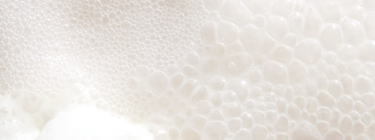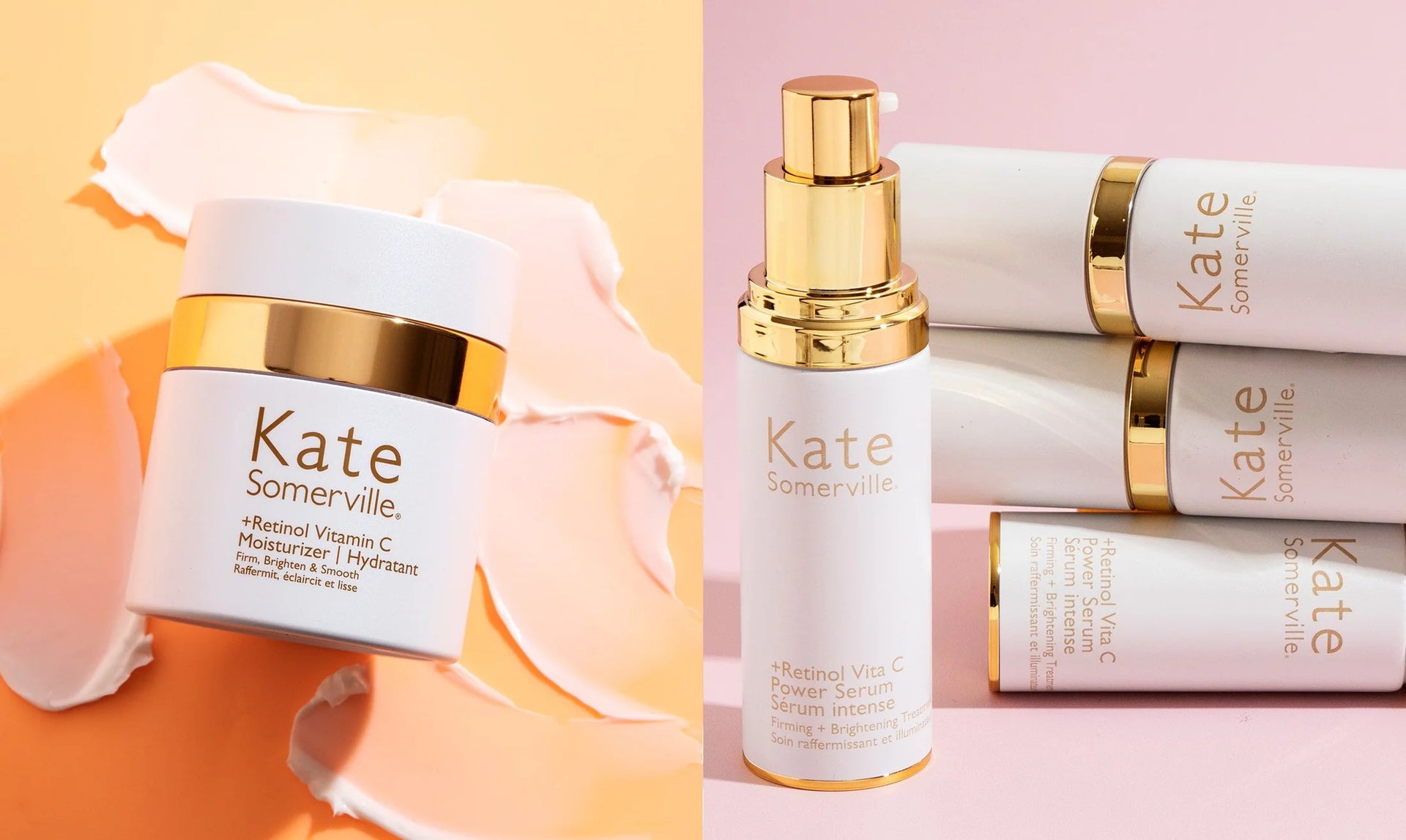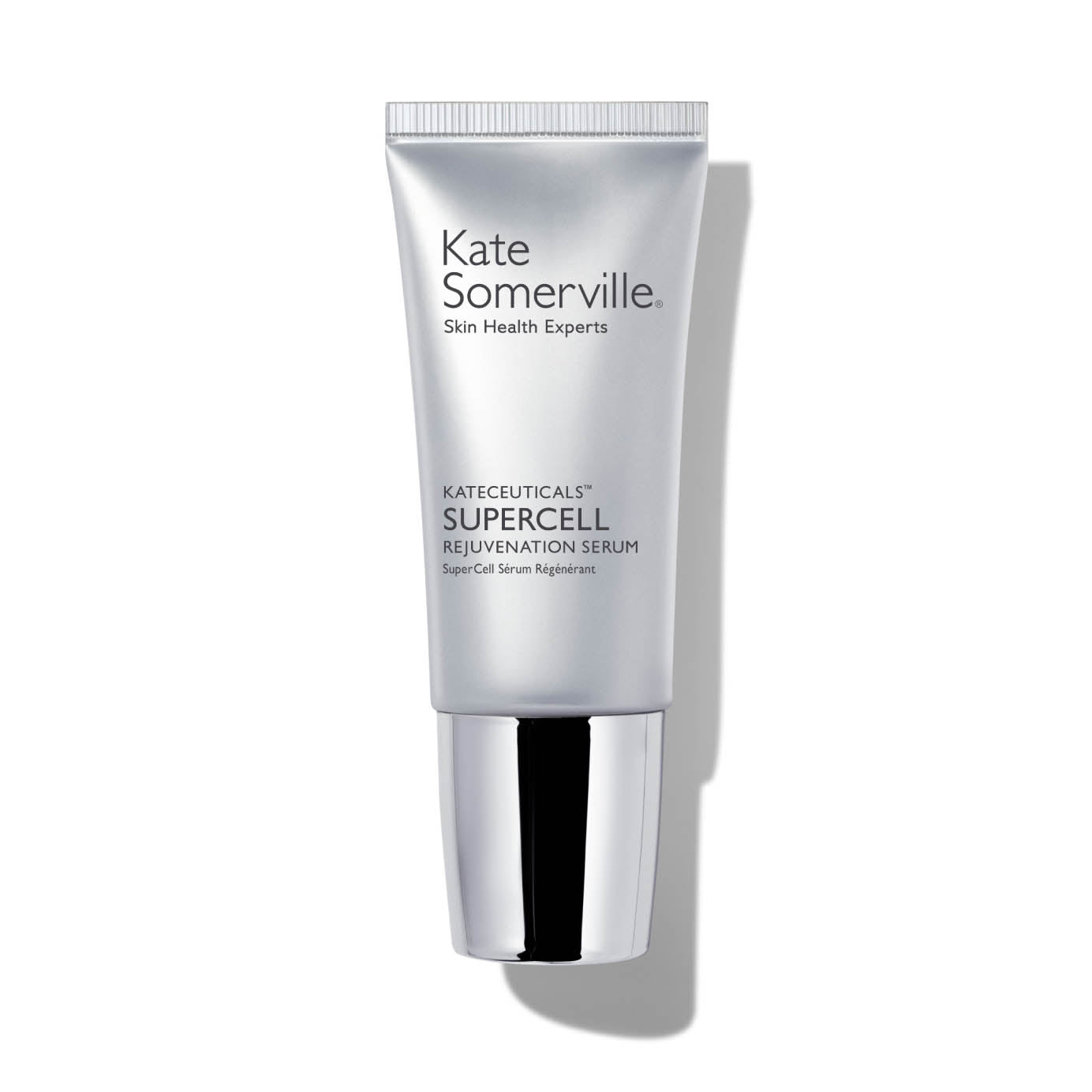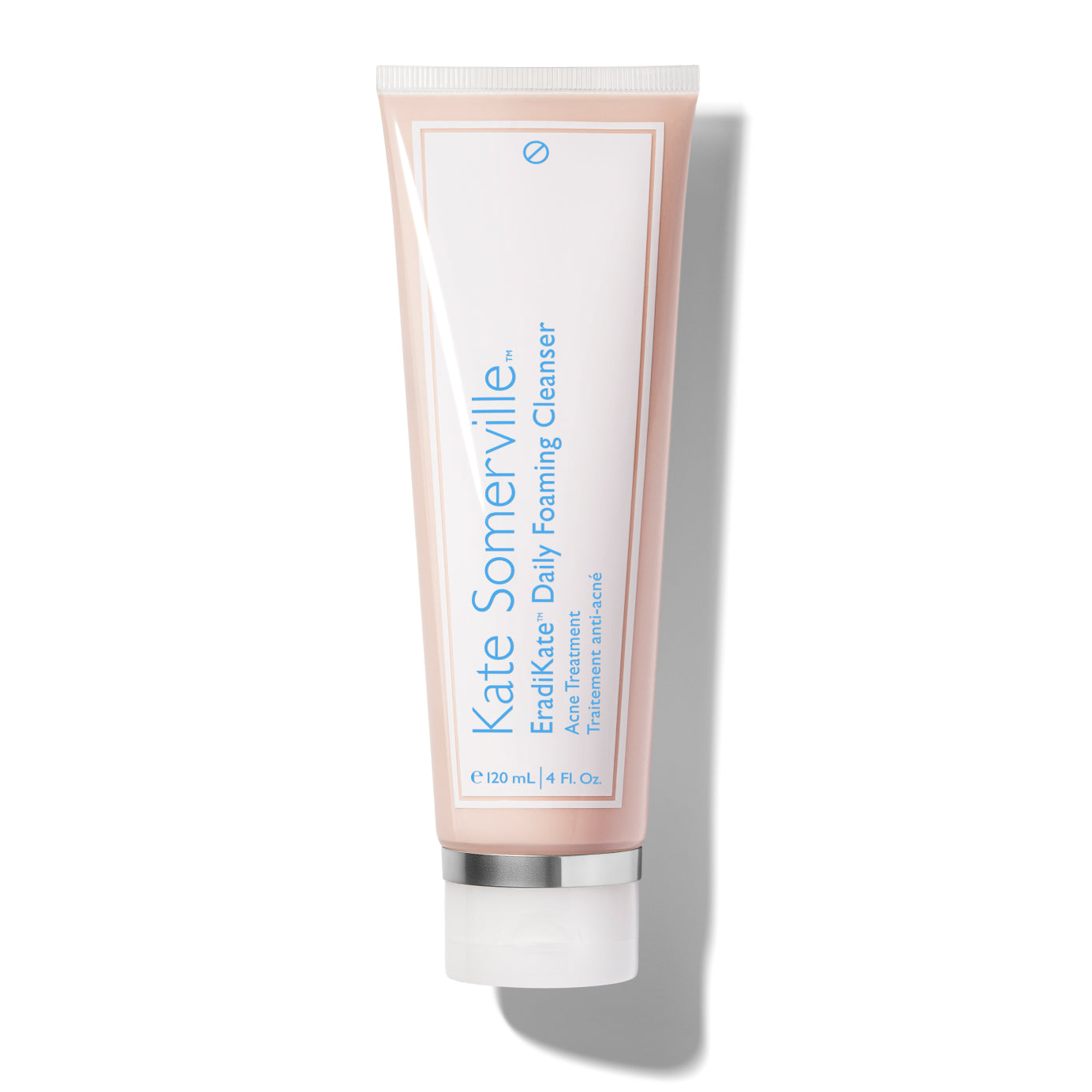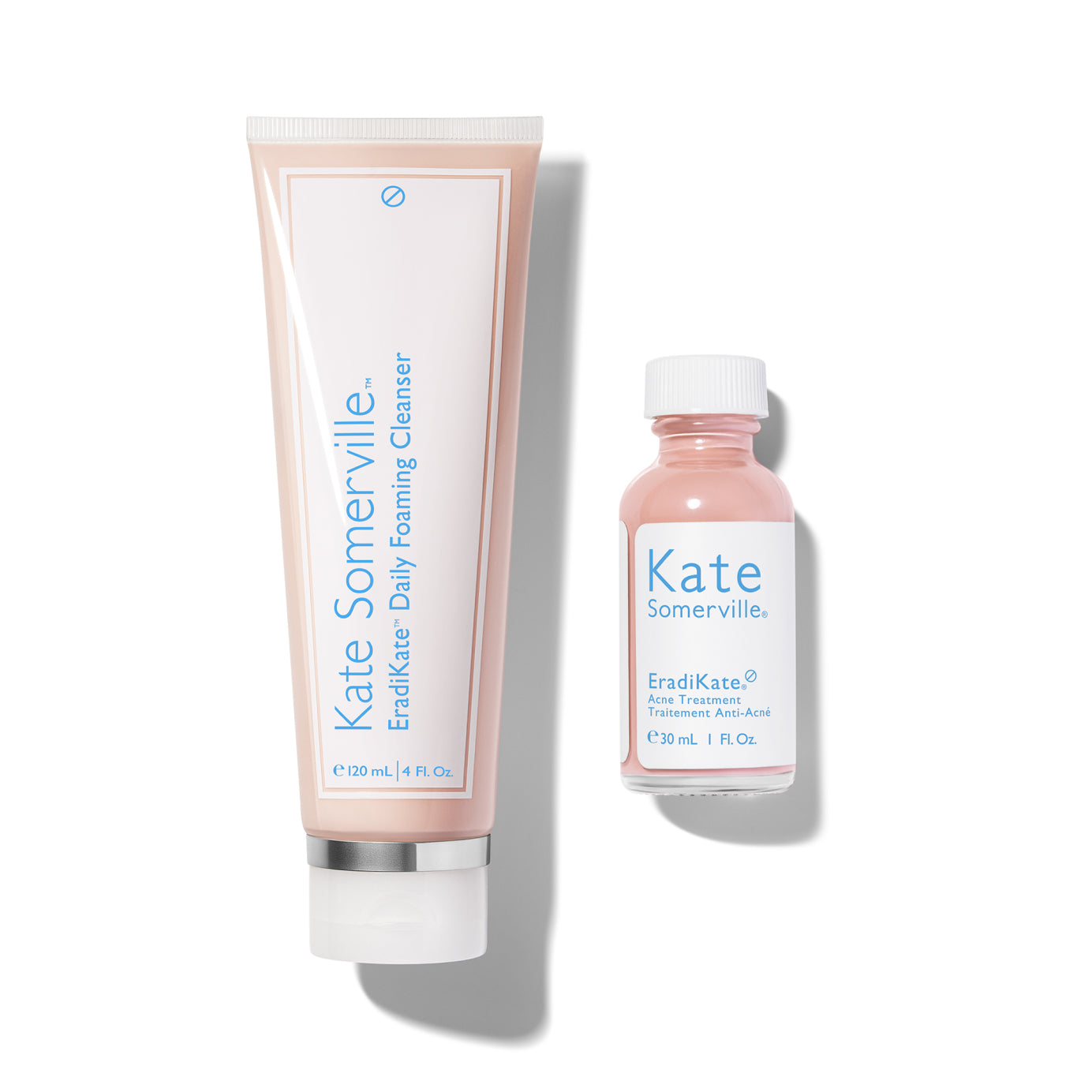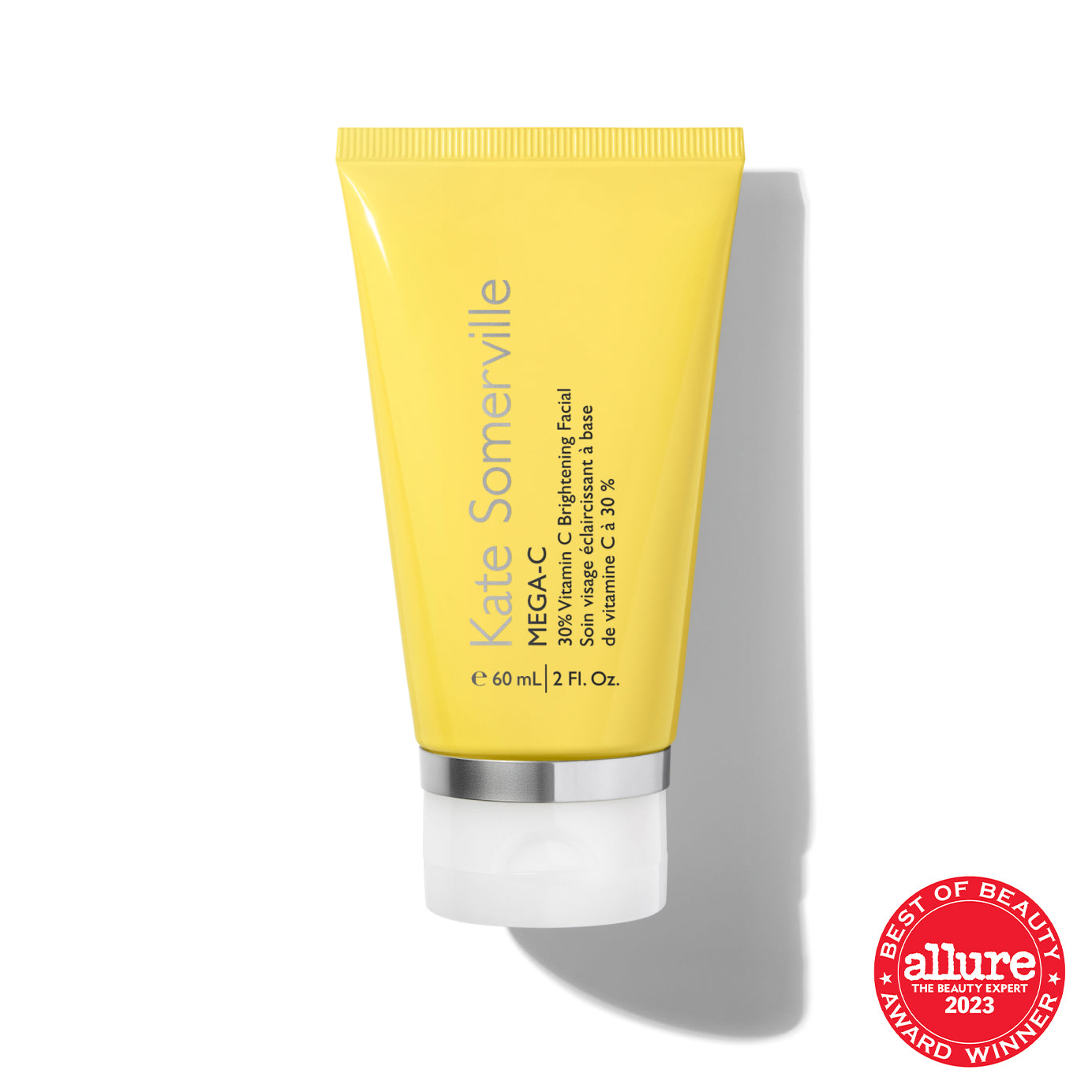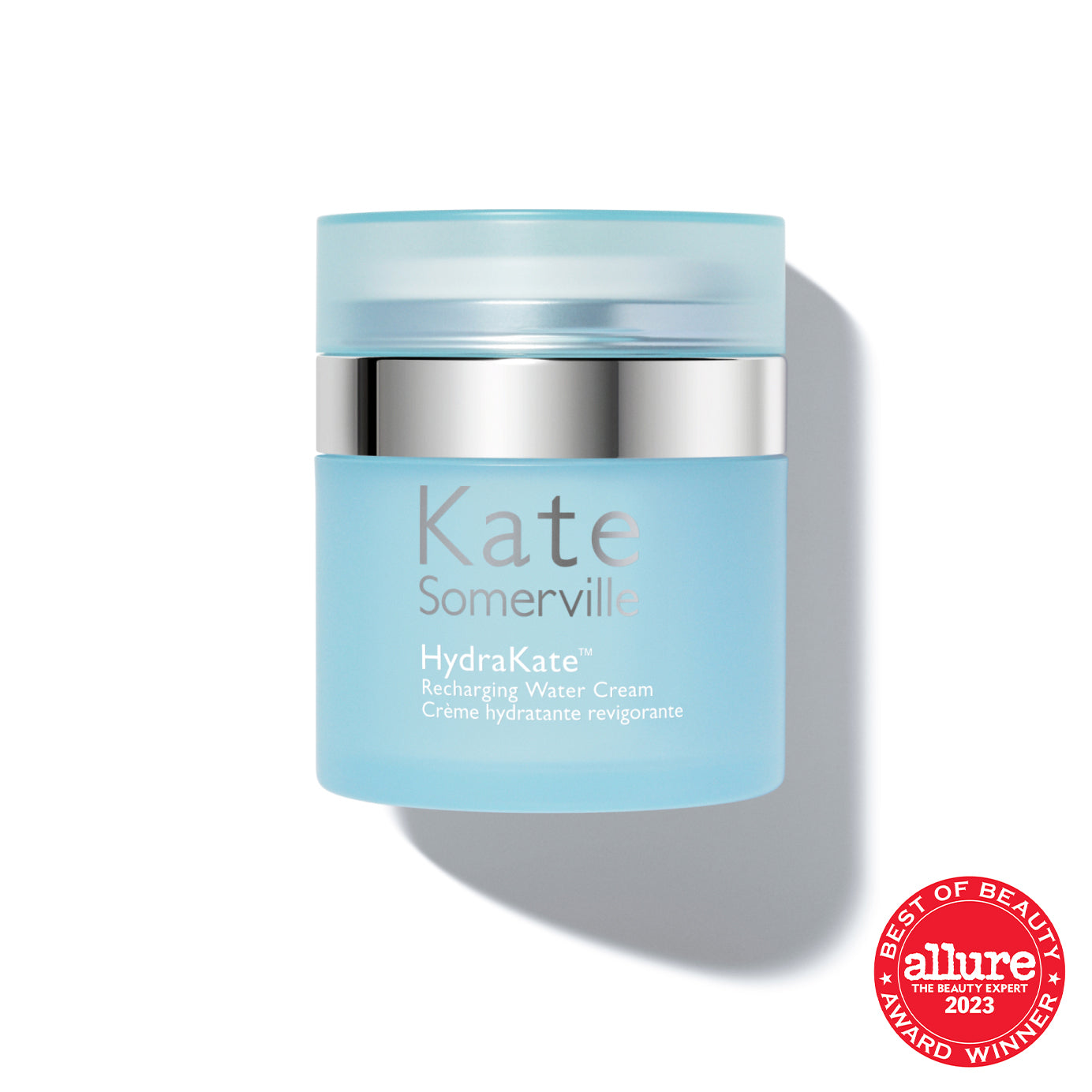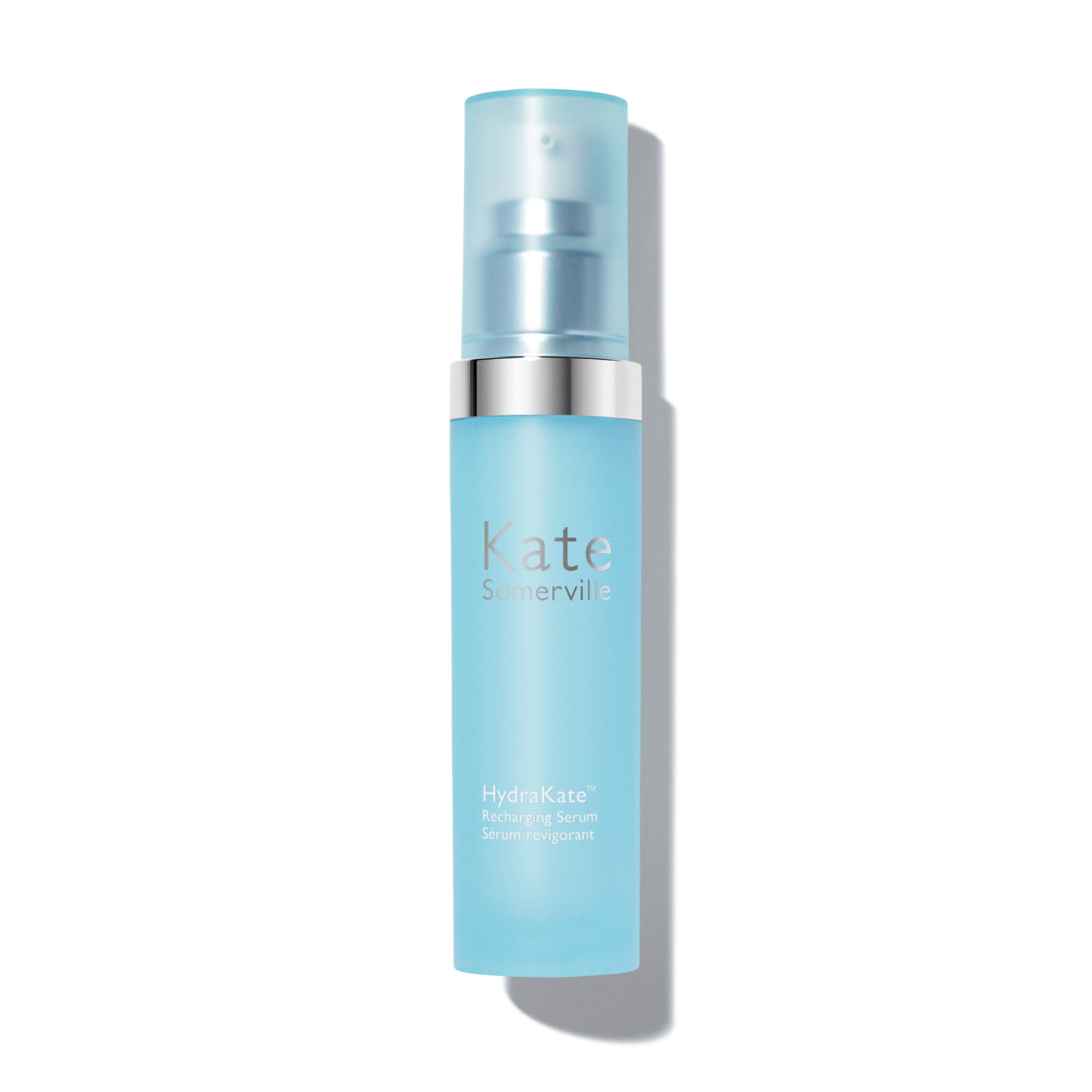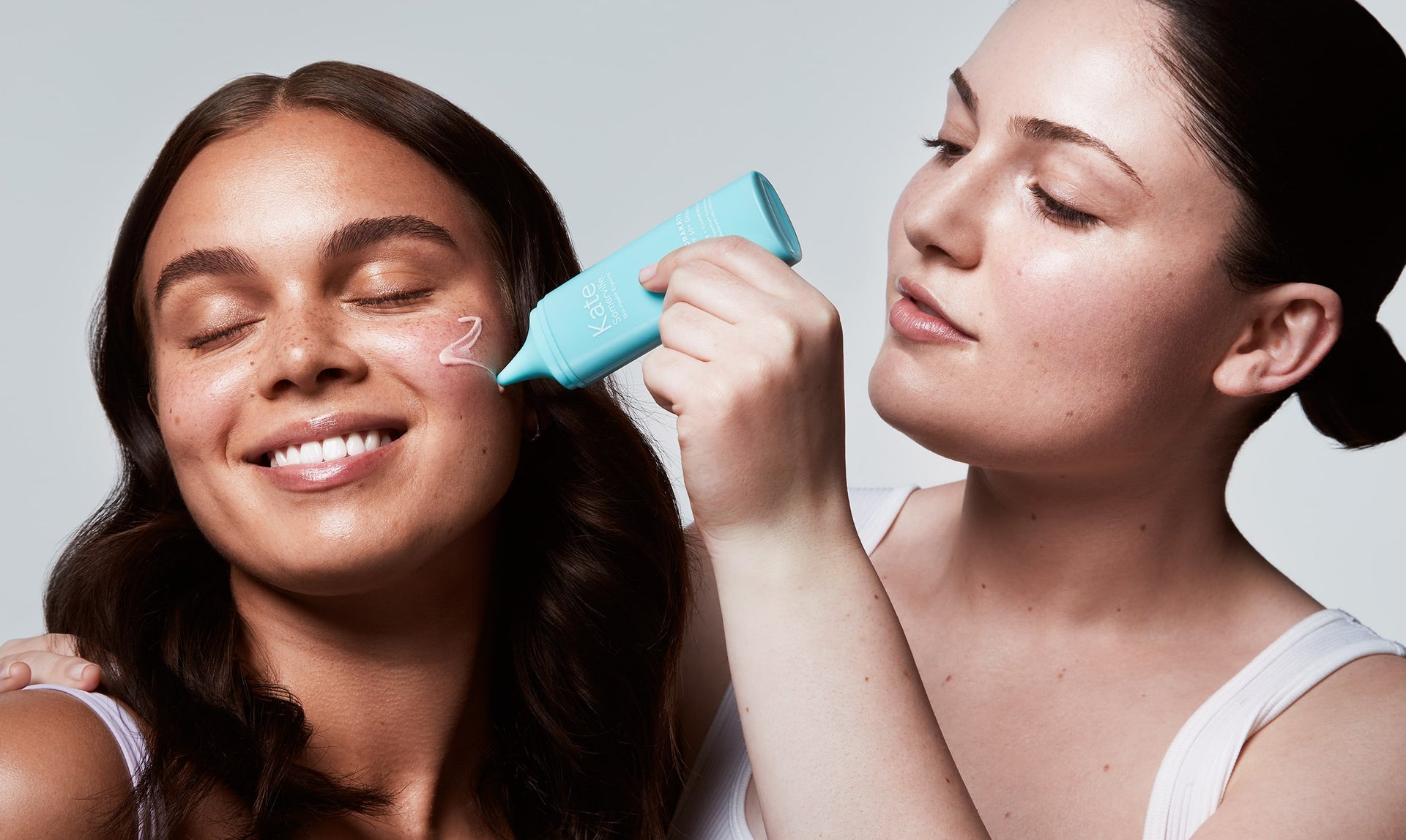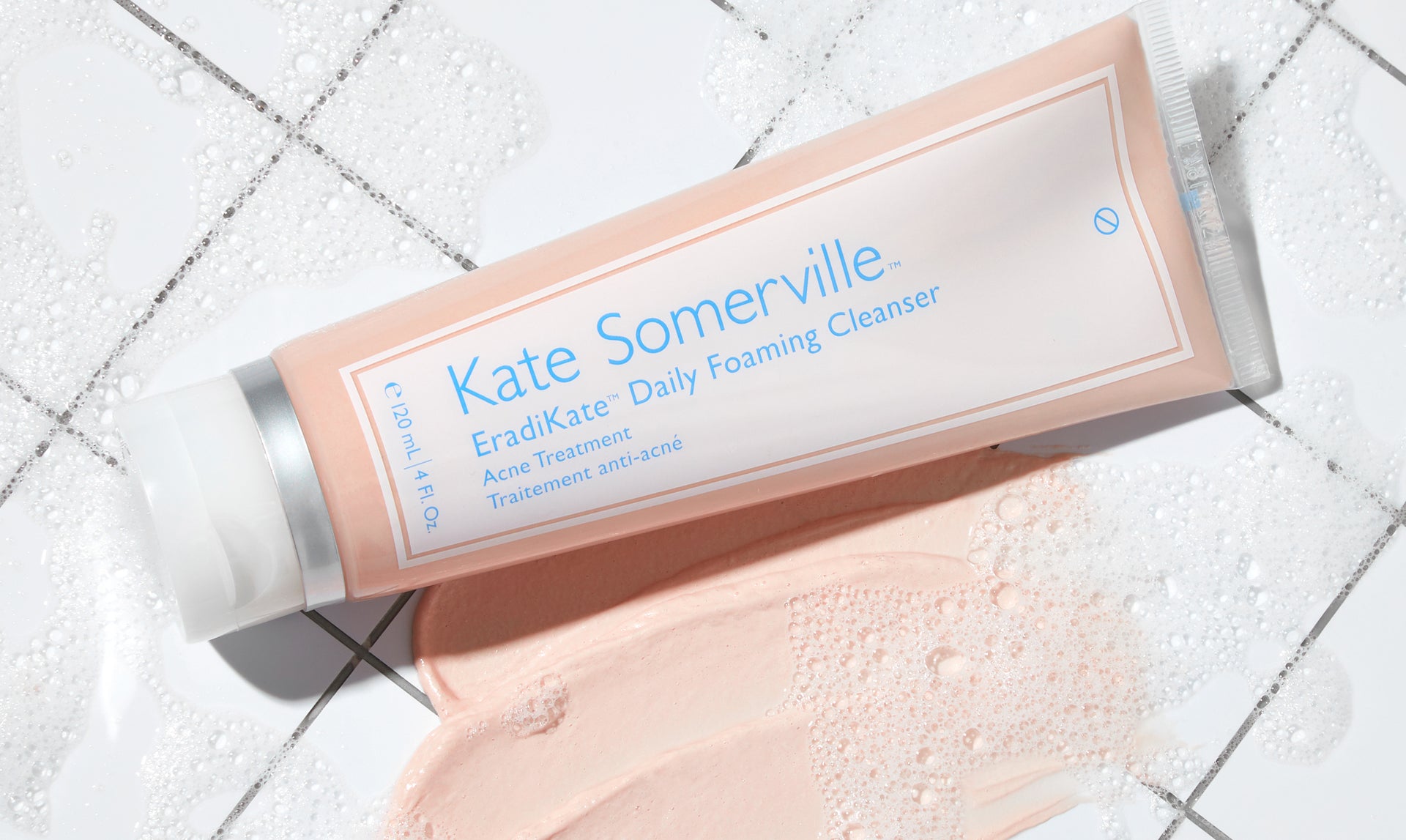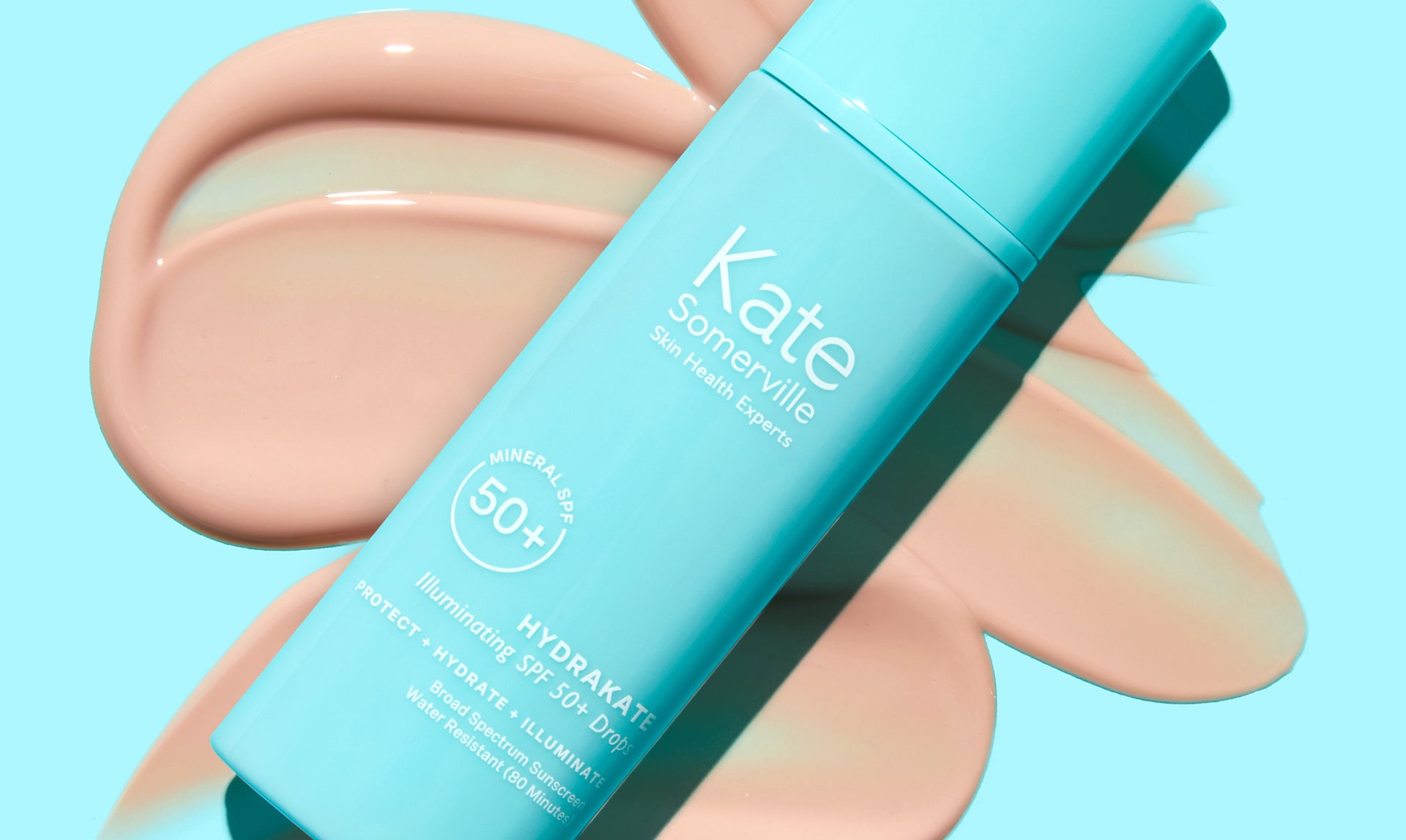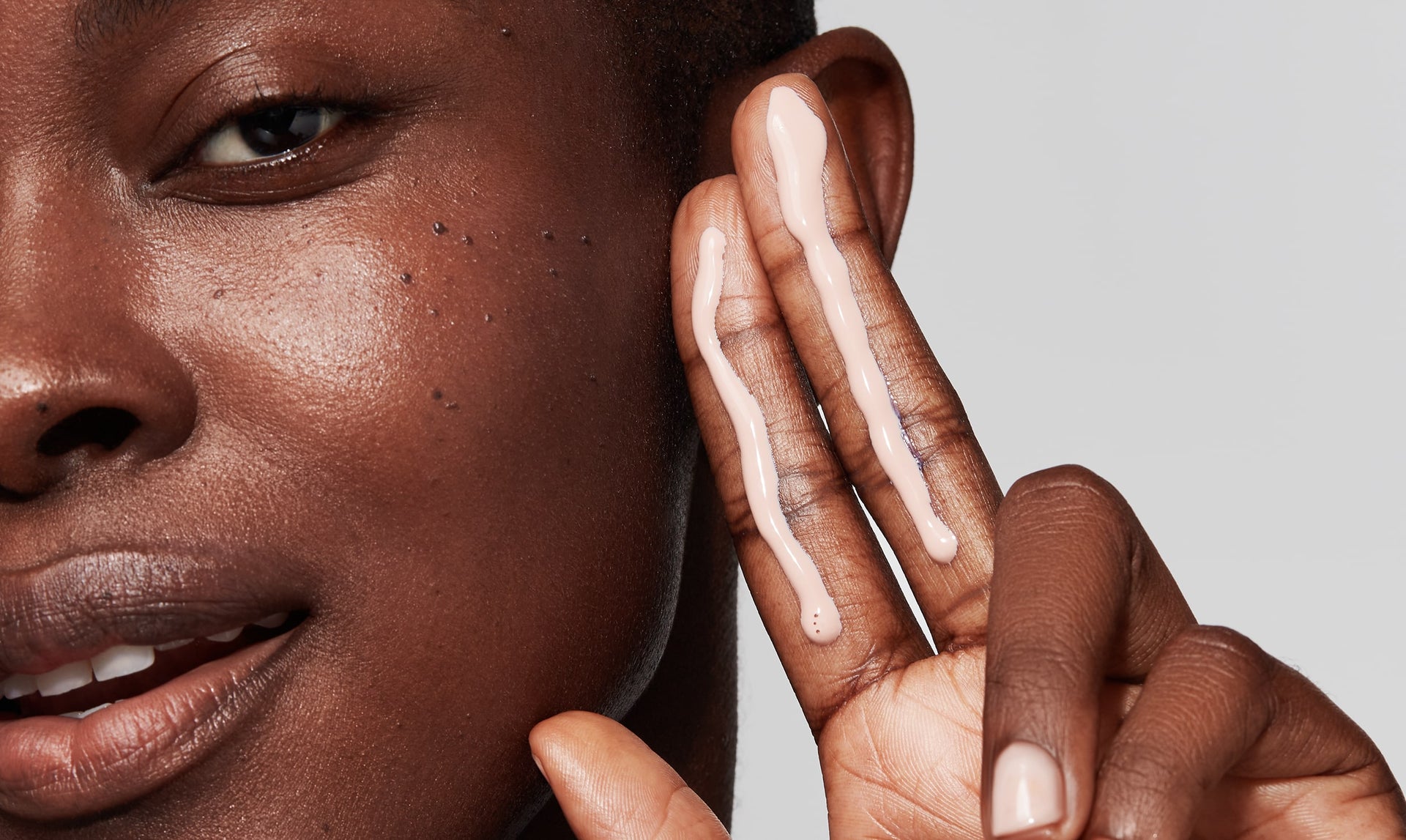Creating an effective skincare routine is an essential part of maintaining healthy, youthful-looking skin. Whether you have an established skin care routine or you are searching for the right products for your skin, it’s important to know that there are certain skincare ingredients that work together to benefit your skin, while some can irritate your skin. For example, if you are unknowingly combining skincare products with different pH levels, they can actually be counterproductive and irritate your skin’s barrier. If lately you've found yourself looking at your skin care products and asking “can I use niacinamide with retinol?” we're here to help. Our Kate Somerville Skin Health Experts reveal everything there is to know about these ingredients and how you can create a skincare routine using both that’s effective, safe, and delivers visible results fast.
Benefits of Niacinamide
Niacinamide is a form of vitamin B3. There are several benefits of niacinamide, such as being a powerful antioxidant, which help combat signs of aging. It works to improve your skin's natural barrier by boosting ceramide production and carefully increasing cell turnover.1 This process helps diminish visible premature aging signs like wrinkles, fine lines, dark spots, and hyperpigmentation. Topical niacinamide also calms the skin, making it the ideal skincare ingredient to use alongside powerful exfoliators like retinol.
Benefits of Retinol
Like niacinamide, retinol is a vitamin. In this case, a form of vitamin A. As one of the most potent over-the-counter exfoliators, it works to reduce dullness, hyperpigmentation, uneven skin tone, and smooth the appearance of wrinkles.2 When used regularly, retinol's ability to and increase cell turnover helps improve skin texture while also brightening the skin.
Though retinol has many anti-aging benefits, it can be harmful if used incorrectly. You don’t want to use retinol too frequently (every other night or every three nights is optimal). If used too frequently or at the wrong strength, retinol may cause dryness, redness, and irritation, which could contribute to an uneven skin tone. Because of this, retinol products should be worked into your skincare routine slowly and used alongside hydrating products like niacinamide, hyaluronic acid, and ceramides. Additionally, it's essential to apply sunscreen with an SPF of 30 or higher the morning after you use retinol before bed. Using an exfoliant like retinol can cause sensitivity, especially when under direct sunlight.
Can You Niacinamide and Retinol Together?
Now that you know the many benefits of niacinamide and retinol, it's time to answer the question “Can you use niacinamide with retinol?” Using these two products together offers several advantages and can take your current skincare routine to the next level. Niacinamide has anti-aging and soothing properties that make it the ideal ingredient to pair with retinol. Because retinol runs the chance of initially causing irritation, niacinamide can be used to stabilize your skin's barrier and reduce the amount of water lost, increasing your overall hydration levels.
How to Use Niacinamide and Retinol Together
The simplest way to use both ingredients is to choose a product that mixes the two. Treatments like Kateceuticals™ Resurfacing Overnight Peel are expertly formulated with active ingredients including retinol, niacinamide, and glycolic acid to address the comprehensive signs of aging. After just one use, you'll notice an improvement in luminosity and skin texture.
If you don’t have a product that contains both ingredients, don’t worry. First, use niacinamide and then layer retinol to protect your skin from any irritation. The optimal pH level for retinol activation is between 5.5 and 6 and topical niacinamide is most effective at a pH of 5-7. Neither ingredient will alter the pH of the other and instead work to increase the effectiveness of each.
Application Process
Ready to begin using these two super ingredients together? Follow the steps below to create a retinol-based skincare routine that will leave your skin glowing and strong.
#1 Prep Your Skin
Before using retinol, we recommend prepping your skin by cleansing it. Then apply any products you enjoy with niacinamide. Follow with your retinol product, which may include a hydrating treatment like our DermalQuench Liquid Lift™ + Retinol. Our clinic-inspired Oxygen booster treatment instantly hydrates and plumps skin to smooth out lines and wrinkles while retinol and HPR (a Retinoic Acid Ester) deliver firming, smoothing, and brightening benefits with minimized irritation. Or, if serums are your guilty pleasure, nothing’s as powerful or works as quickly as our Retinol Vita C Serum expertly formulated with pure retinol and ascorbic acid (pure vitamin C) to firm, smooth & brighten skin overnight.
And finally, if you love the luxe, lightweight feel of the Kate Somerville +Retinol Vitamin C Moisturizer, you can effectively brighten and nourish your skin while improving the texture and tone and minimizing the appearance of fine lines and wrinkles.
Remember to apply niacinamide before retinol-based products to help shield your skin and reduce unwanted irritation. The use of both ceramides and niacinamide when prepping your skin for retinol has proven to be highly effective for retinoid use.
#2 Incorporate Retinol into Your Routine Slowly
While we touched on this earlier, it's essential to take a slow and steady approach when adding retinol to your skincare routine. Though niacinamide can act as a natural buffer, retinol-based products should only be used in the PM. Designed to improve signs of premature aging, it works quickly and over time to improve elasticity, bounce, smoothness, and skin brightening.
#3 Protect Your Skin
Retinol boasts some pretty amazing benefits. However, it can make your skin more sensitive to outside irritants and environmental factors. When using retinol in your skincare routine, be sure to protect your skin barrier by using a great moisturizer and regularly applying sunscreen.
It's important to remember that your skincare routine should be based on your skin's individual needs. Have fun experimenting, and see what works best for your skin.
Now that you know you can use niacinamide with retinol, our Skin Health Experts are here to share more useful information about combining products, such as niacinamide with vitamin C, and answer any questions you may have about your skin type.
Sources:
